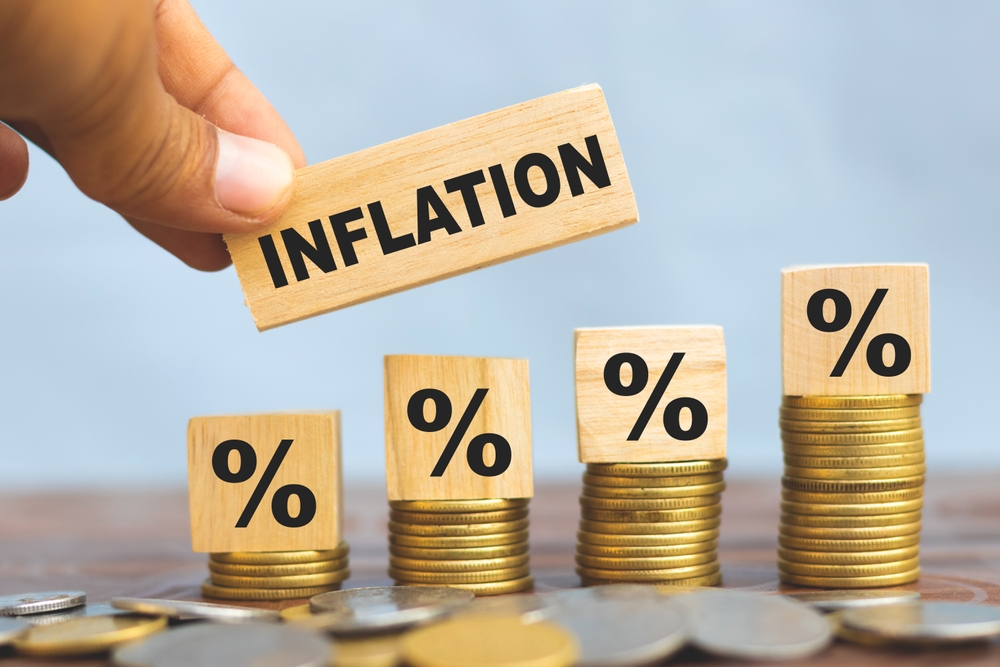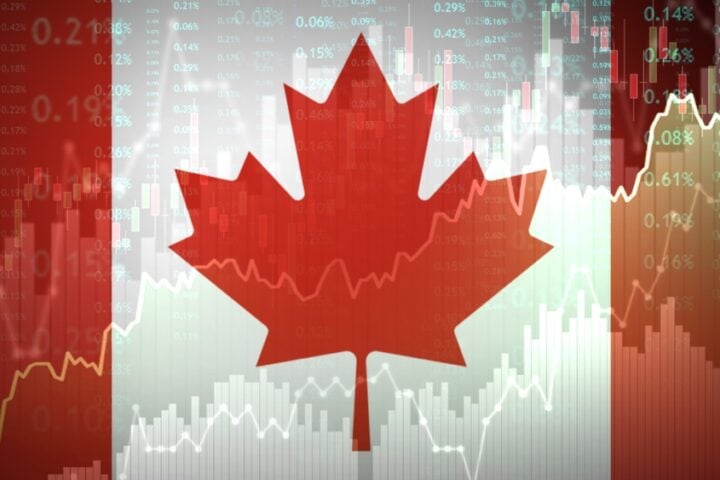In September, U.S. inflation hit a three-and-a-half-year low, with the Consumer Price Index (CPI) rising 2.4% over the past 12 months, down from 2.5% in August, according to the Bureau of Labor Statistics (BLS). This pace is reminiscent of the more stable inflation rates seen in 2017 and 2018. Yet, the data offers mixed signals for the Federal Reserve, as lingering price pressures and economic uncertainties may complicate efforts to sustain the disinflation trend.
Inflation Cools, But Challenges Persist
The CPI rose by 0.2% in September, slightly exceeding economists’ forecasts of a 0.1% increase. Core inflation, which excludes food and energy prices, edged up by 0.3%, bringing the annual core inflation rate to 3.3%, up from 3.2% in August. This unexpected bump underscores the persistent challenges in fully curbing inflation.
Olu Sonola, head of U.S. economic research at Fitch Ratings, captured the sentiment, noting that inflation is “dying, but not dead.” Some areas of the economy continue to experience upward price pressure, creating headwinds for the Federal Reserve’s efforts to bring inflation down sustainably.
Sticky Price Categories: Food and Housing
September’s report highlighted areas where inflation remains stubborn. Food prices jumped, driven by an ongoing bird flu outbreak that caused egg prices to surge by 8.4% for the month, resulting in a staggering 39.6% year-over-year increase. Shelter costs, which make up more than a third of the CPI, showed signs of slowing but remained high, with a 4.9% increase compared to last year. This marks the lowest rise in shelter costs since early 2022, but they remain a key component keeping inflation elevated.
Housing Market Shows Early Signs of Cooling
One of the more encouraging aspects of the CPI data was the moderation in shelter inflation. Monthly shelter costs rose by just 0.2%, suggesting that the Federal Reserve’s interest rate policies might finally be affecting the housing market. Tyler Schipper, an associate professor of data analytics and economics at St. Thomas University, called the slowdown in housing costs “the silver lining” of the latest inflation report. He noted that while it’s only a single data point, it indicates that the Fed’s actions could be starting to have the intended effect.
Economists expect that as the cooling in the housing market becomes fully reflected in CPI data, it could play a significant role in further reducing overall inflation. However, given the lag in how rent and housing costs are recorded, it may take time before this impact is fully seen.
Energy and Food Prices Remain Key Risks
While overall inflation appears to be moving in a positive direction, risks remain, particularly with energy and food prices. Satyam Panday, chief economist at S&P Global Ratings, emphasized that “energy prices are a key risk” to maintaining a downward inflation trend, warning that geopolitical tensions, natural disasters, and policy changes could lead to renewed price pressures.
The report also noted that external factors like bird flu, hurricane impacts, and labor disruptions continue to influence price levels. These variables add to the uncertainty, suggesting that while the broader trend may be downward, the path to price stability is likely to be uneven.
Fed’s Challenge: Balancing Inflation and Economic Growth
The mixed results of the September CPI report come as the Federal Reserve prepares for its next policy meeting. The easing of shelter costs offers a positive sign, but the rise in core inflation and risks from external shocks leave the Fed in a difficult position. With its benchmark interest rate already lowered in September, the central bank faces a delicate decision about whether to implement additional rate cuts.
Eugenio Aleman, chief economist at Raymond James, highlighted the Fed’s dilemma, stating, “September’s CPI report has good news and bad news for the Fed,” while pointing out that potential risks remain. This could lead to a cautious approach from the Fed, as it weighs the implications of cutting rates further or maintaining its current stance to ensure a continued decline in inflation.
Historical Context: Inflation’s Uneven Path
Inflation has followed a varied trajectory over the past half-century, shaped by economic cycles and global events. From 1970 to September 2024, inflation averaged an annual rise of 4%, but the decade before the pandemic (2010-2019) saw a more stable average of 1.8%. The pandemic era brought a sudden surge, driven by supply chain disruptions, high demand, and substantial government spending. With these factors now receding, inflation is gradually returning to more familiar levels.
Oliver Allen, senior U.S. economist at Pantheon Macroeconomics, pointed out that “most of the forces that drove inflation higher, such as commodity price spikes and strong consumer demand, have pretty much faded or are falling quite rapidly.” Yet, he cautioned that temporary spikes could still occur due to unexpected disruptions.
Economic Risks Could Disrupt Progress
Despite the improvement in inflation metrics, several risks could hinder progress. With the U.S. presidential election approaching, policy shifts could introduce new challenges. Former President Donald Trump, a leading candidate, has recently shifted his campaign focus away from inflation, but his proposed policies, including new tariffs, could potentially rekindle inflation if implemented.
Furthermore, the economic impacts of recent hurricanes, labor strikes, and geopolitical uncertainties could create upward pressure on prices. The upcoming October jobs report, set for release on November 1, will be critical in assessing labor market conditions and guiding the Federal Reserve’s policy decisions.
What Lies Ahead? Key Economic Data to Watch
The September CPI report provides the final inflation snapshot before the Federal Reserve’s November policy meeting and the upcoming presidential election. Additional data releases, such as the Producer Price Index (PPI) and the Personal Consumption Expenditures (PCE) price index, will offer further insights into inflation trends.
The PCE index, favored by the Fed as a more comprehensive measure of inflation, could play a decisive role in shaping the central bank’s strategy. Meanwhile, the October jobs report will be closely examined for any signs of labor market resilience or weakness, which could influence the Fed’s decision on future rate cuts.
September’s inflation data shows a U.S. economy on the road to price stability, yet not without challenges. While the pace of inflation has slowed, risks from energy prices, food costs, and potential policy changes continue to loom. As the Federal Reserve prepares for its next policy decisions, it must navigate a complex economic landscape where the balance between controlling inflation and supporting growth remains delicate. The central bank’s actions in the coming months will be crucial in determining whether the disinflation trend can endure.







